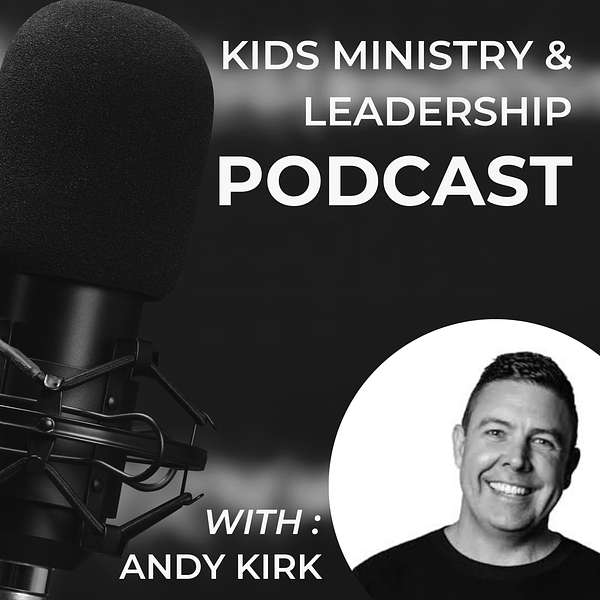
Kids Ministry and Leadership Podcast
Kids Ministry and Leadership Podcast
Outcome Based Ministry
Welcome to the Kids Ministry and Leadership Podcast. This month we are delving deep into what an Outcome Based Ministry looks like and how it can bring tangible outcomes.
Show notes for this ep will be below.
Check us out!
Website
Instagram
The OneHope framework consists of five crucial steps: Discover, Design, Do, Document, and Dream. Matthew 7:16.
1. Discover
Effective ministry begins with having a crystal-clear understanding of reality.
We need to put on the hat of a learner and start asking questions. Proverbs 4:7
We must use various methods such as formal or informal inquiries, collecting qualitative or quantitative information, or consulting primary or secondary sources. Proverbs 18:17
2. Design
Next, we move to Design. This step envisions what a church or ministry worker should do and what Kingdom change should happen.
It is our chance to solve the issues identified in the Discover phase. Proverbs 29:18
We need to put on our thinking hats together with a good team, bringing key partners and influencers to the table. Our aim is to design solutions that lead to action. As we plan, we remember Proverbs 16:3.
For example, based on our earlier discovery, we could design a mentorship program for at-risk youth, with specific goals for academic improvement, character development, and spiritual growth. Good design always leads to action.
3. Do
The third step is Do, which means implementing the designed program effectively and efficiently. James 1:22
This is our chance to try our solutions: to execute our plans and allow real members of our ministry groups to interact with our designs, programs, and products.
The Church exists to make disciples and elevate the Gospel. We must not be afraid to try new ideas and new ways of doing things, as Psalm 96:1.
In our example, we would implement the mentorship program with weekly sessions, incorporating tutoring, life skills workshops, and spiritual guidance.
Matthew 28:19
4. Document
The fourth step is Document. Documenting is crucial for evaluating fruitfulness.
We want to keep track of our progress to evaluate where we have succeeded and where we have opportunities to improve.
Habakkuk 2:2
We need to collect data on participation, engagement, and progress towards goals. Peter Drucker once said, 'What gets measured, gets done.'
If transformation is our pursuit, we should look to document and measure indicators that show evidence of transformation.
For instance, we might document improvements in the youths' academic performance and collect personal testimonies of life changes.
Matthew 7:16
I love the quote “It doesn’t take a leader to start something but rather a leader to STOP something”. This all comes about as we document and see if what we thought was the solution actually is working.
5. Dream
Finally, we come to Dream. Dreaming is looking to the future.
After assessing our progress in the Document stage, dreaming allows us to imagine more solutions and more ways to impact lives.
Jeremiah 29:11
We need to identify what needs to change or be dropped in our ministry approach and shape the future through continuous improvement. Ephesians 3:20.
For example, based on the success of our mentorship program, we could dream of expanding it to additional communities and incorporating new elements such as career counselling and family support."
By following these steps, we ensure our ministry efforts are purposeful, impactful, and continually evolving to meet the needs of those we serve.
Consider these questions:
How are you pursuing outcomes?
In what areas is your ministry bearing fruit?
What transformations are you measuring?